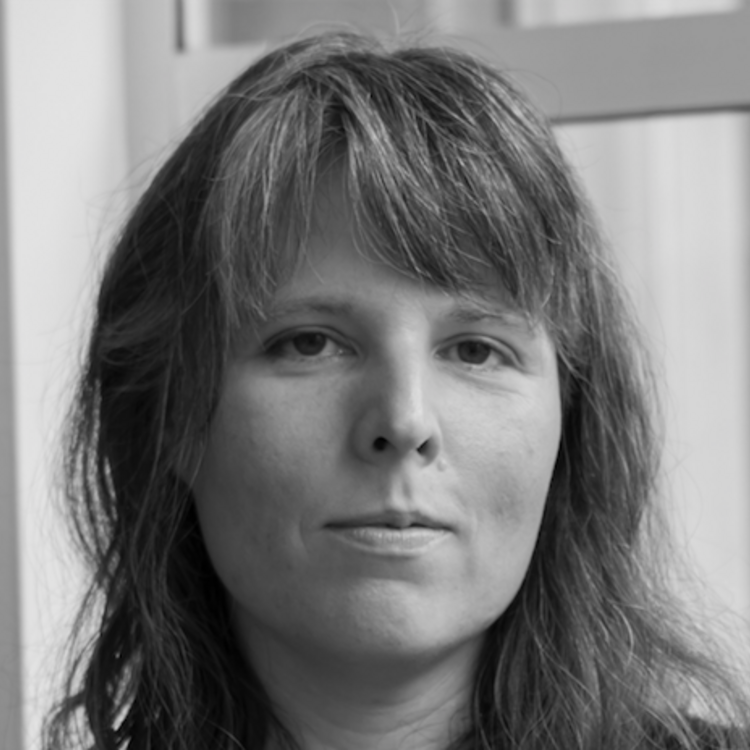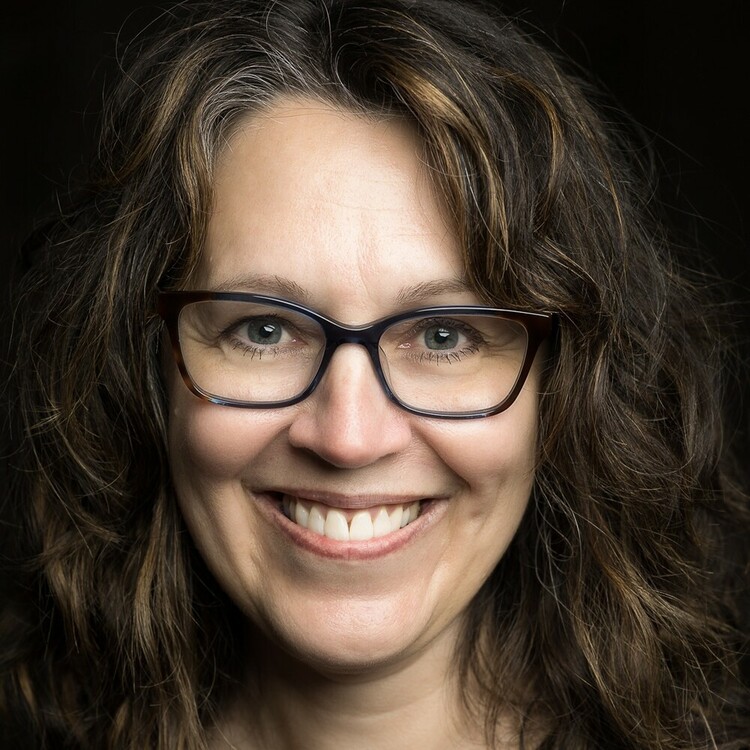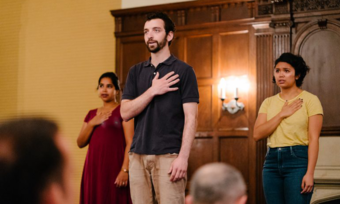A Hope I Can Live With
This week on HowlRound, we continue our exploration of Theatre in the Age of Climate Change as part of Climate Week NYC. With the recently signed Paris Agreement, the next several decades will see increased efforts from the global community to address the challenges brought on by a warming planet. How do we, theatre artists, participate in those efforts? How do we use our creativity and skills to bring about the kind of social change that is so desperately needed? I know I can always turn to Emily Mendelsohn for thoughtful insights. Here, she shares some of her insights about performance and climate change, and discusses the importance of being present. —Chantal Bilodeau
I am a theatre director in an early stage of thinking about performance and climate change—more of an idea and question gathering place than a how-that-translates-to-process-and-dramaturgy place. This is a tour of some ideas.
This past fall, I co-organized a conversation with Sarah Cameron Sunde and Moe Yousuf in conjunction with the Theatre Without Borders Conference. About twenty-five folks (across disciplines and nationalities) shared personal entry points to making real the massiveness of climate change; themes I remember include anticipatory grief, environmental racism, individual vs. collective agency, and tempered hope in human ingenuity and the earth’s resilience. Then, Sarah invited Moe to lead us in making pickles. Pickling framed our conversation in a longer experience of time, and it gave (some of) us a reason to meet again later to experience our (well, failed) pickles.
How is my theatre rehearsing a personal awakening to collective action? And, what are the images I have for the collective?

Also thinking of a conversation I had with Dehlia Hannah. Hannah is a curator-as-research practitioner whose current project A Year Without Winter, co-led with scholar Cynthia Selin, gathers scholarly and artistic responses to climate change over three years in resonance with the Year Without a Summer and its role in forming Mary Shelley’s Frankenstein. (The Year Without a Summer, 1816, was a tumultuous global cooling event sparked, in part, by a massive volcanic eruption.) When I asked about hope in the context of climate change, Hannah expressed concern that hope can be an uncomfortably close bedfellow with denial. Even if climate change is not an apocalyptic disaster flick, it will effect real and unknown loss—to the planet’s ecological systems, and to the human (and other) life inside those systems. Imagining climate change will require being present to loss—anticipated and experienced. Maybe to replace hope with attention. How do we sustain attention in the context of climate change? A Year Without Winter provides a conceptual framework, a dialogical network, and a three-year incubation to connect wide ranging entry points in imagining and responding to anthropogenic climate change. This creative system models an ecological way of seeing.
I’ve been thinking, for my own work, about what makes up an ecological way of seeing. Some entry points that make sense to me include complexity, corporality, contingency, and collective action.

Warming global climate doesn’t follow a dramaturgy of crisis, although, as we are seeing more and more, it can contain crisis. It follows more closely a dramaturgy of chronic illness.
Complexity
Anthropogenic climate change happens on a scale that’s hard (for me) to imagine. It’s not drought, hurricane, or weather in general. It’s a change in long-term patterns of weather. This distinction feels important because chronic, systemic change requires different attentions than extreme weather events. Warming global climate doesn’t follow a dramaturgy of crisis, although, as we are seeing more and more, it can contain crisis. It follows more closely a dramaturgy of chronic illness. Something that will play out over time in unpredictable ways and that requires continual and curious action. It requires urgency, but urgency without attachment. We will not see all the consequences of our actions—good or bad—within our lifetime. How does my theatre rehearse a seeing with this kind of sustained and unresolved attention?
Corporality
As weather patterns change, stories about folks’ connection to land and life take on new stakes. Narratives about human control over nature contributed to seeing the natural world as disposable resource, contributed to actions that created climate change. I don’t think this assumption, especially embedded in Western culture, can get us out of climate change. How does my theatre center stories (remembered or reinvented) that situate human beings as part of larger living and evolving systems?
Contingency and Collective Action
Something that impacts the whole planet requires the whole planet to respond. I grew up wearing a lot of sweaters inside in the winter and rolling down car windows in the summer; and I think a performance of personal responsibility is a meaningful practice. I rehearse mindfulness, but I don’t think it’s an impactful practice in terms of emission reduction. This requires not just pooling individual actions, but changing regulations, energy sources. This requires collective action. How is my theatre rehearsing a personal awakening to collective action? And, what are the images I have for the collective? As many folks in this series have pointed out, climate change disproportionately effects many communities of color. Rebecca Solnit has some language I appreciate about natural disasters as policy disasters, as putting pressure on existing social inequalities (particularly referencing Hurricane Katrina and discussed cogently in an On Being interview.) How does my theatre enact and envision a global community that is multivalent, fluid, and offers specific critique to entrenched systems of oppression?
One of the formidable aspects of man-made climate change is that we don’t know exactly how the earth will respond to a rising average temperature. In order to be able to respond deeply and impact fully, it seems important that our attending prepares us to continue not knowing. An older image of apocalypse is not physical destruction, but disclosure of knowledge. As artists, we know something about waiting for this apocalypse, about doing the deep and urgent work of being changed, with the trust that changed seeing leads to changed action, changed policies. I admire projects like Chantal Bilodeau’s Arctic Cycle, Mondo Bizarro and ArtSpot’s Cry You One, and Lars Jan’s Holoscenes for crafting such spaces. And, I would add, this work, this orientation to apocalypse is also a definition of hope. A hope I can live with.









Comments
The article is just the start of the conversation—we want to know what you think about this subject, too! HowlRound is a space for knowledge-sharing, and we welcome spirited, thoughtful, and on-topic dialogue. Find our full comments policy here
I first want to state my admiration for the ideas that you played with in discussing climate change in the theatre realm. I believe that we (as artists) are responsible to be active in molding a healthy change to our environment and producing and modeling sustainable practices. I love the entry points you discussed in more detail. In complexity you played with the term curious action. I love that you used curious action because this is the kind of action that we need to take to learn and understand what is going on around us. There are so many people who hope things will evolve into something better but hope does not erase your carbon footprint. The most difficult concepts or tasks can be accomplished, but first it is essential to become curious about it. We need to become aware and engaged, then we can make our first step. I believe that our work is influential to the masses and since we see political leaders in denial about climate change, we have the opportunity to counter that faulty justification.
Wonderful vision here Emily. Love the thoughts about our attention as it relates to what our theater is rehearsing. In addition to everything you said, I think we are also rehearsing heartfelt and compelling ways to say goodbye. How do we let things go that are too far gone, that cannot be saved by any amount of collective action? Can we do so with joy, depth, dancing and sorrow? I love that your apocalypse is also a definition of hope because anyone who has ever had to face and ending knows that it is such an alive beginning. Love you and your beautiful work.
Nick! Thanks for mentioning mourning. Yes! Such an important point. The capacity to receive the world as it is - leaving and becoming. Something I've been thinking a lot about these past days.